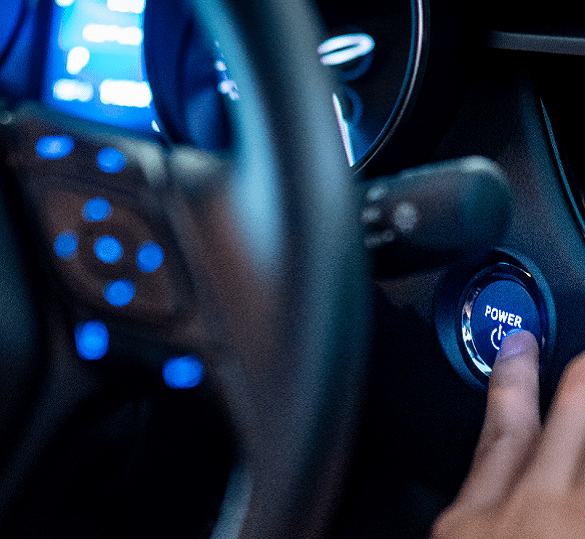So, one of the comments referred to the alternator as being "tuned" for charging the type of battery that was installed as the original equipment on the vehicle. I believe this is both true and not true at the same time. I don't think the "alternator" is tuned to the battery type but the charging circuit is. I believe it is the ECM computer that directs the level of the output of the vehicle alternator. Honda (like many fuel-efficient cars) "senses" the voltage potential of the battery and when it reaches a certain level of voltage potential, it switches the alternator output voltage to a lower level. This is sometimes referred to as "dual output charging mode" and this is where the difference in battery types matters (e.g., AGM vs FLA batteries).
The general characteristic of an AGM battery is that they can accept a slightly higher saturation charge than an FLA battery (like 0.5v higher). They also can be charged faster (meaning they can accept a higher charging current), assuming they are not in a "cold" state. Note: batteries "warm up" during the charging process, as an AGM warms up it can accept higher charging currents. This faster charging profile is due, in part, because they have lower internal electrical resistance within the battery structure. But if the computer was programmed to assume that is charging an SLA battery, it may switch the alternator output to the "low output mode" before the AGM has reached its full saturation charge potential.
How does the computer determine if the battery is fully charged? It "senses" the voltage potential of the battery. The saturation charge of an FLA in terms of voltage potential is a little lower than an AGM so, in theory, the computer will switch the alternator output to low output mode (which means that the alternator output is not enough to run the vehicle AND charge the battery at the same time. Actually, with modern vehicles having so much additional electrical load beyond simply running the engine, if the engine RPM is low (e.g., at idle) it is entirely possible that the vehicle is consuming more electrical power than the alternator is putting out. Honda actually warns owners in the owner's manual about this possibility.
So how do you fix this problem of the alternator being switched to low output mode before an AGM battery is fully charged? You would have to change (raise) the voltage level potential that is being "sensed" at the battery such that the computer does switch the alternator output to low mode too soon.
How can you do that on a Honda? One way is to increase the electrical load by turning on your headlights. But that is sort of counterintuitive because you are putting more load on the electrical system just so you get a small additional charge on your battery.
Another way (in my mind, a better way) is, if you switch to an AGM battery, slightly increase the battery voltage level sensing that causes the alternator to switch to low output mode. How can you do that? On a Honda, I don't know the answer. On a Toyota, the is a simple hack you can do: "...adding a resistor (Diode) to the Alternator's feed-back sensor circuit, at the 7.5A S (for sensor) fuse" There is a fuse for the battery sensing circuit in the fuse block under the hood on the right side. You can swap the fuse for a GM diode that has a similar shape to the fuse (you have to grind or sand a little metal off the diode tines that plug into the fuse slot to get a good fit). This diode changes the sensing circuit from 13.9V to approx. 14.5V hence delaying the switch to low charge mode. This is what some Toyota/Lexus owners do when they want to switch from the stock FLA battery to an AGM battery and want to ensure the battery is fully charged.
If there is someone on this forum who may know of a way to change (or delay) the Honda method of sensing when to switch to low output mode, I would be very interested in hearing that.
In general, switching to a good quality AGM battery should result in a longer life of the battery simply because the increased duty cycle (about 200%) of AGM's vs FLA, (...although YMMV). But I don't know what the longevity effect of not being able maximize the charge on AGM. Obviously, you could manually maximize the charge by using a smart charger say once a week or month but that seems like a lot of trouble versus simple hack that we use on the Toyota charging sense circuit. Although, some people say maximizing the charge on an AGM is not actually for the longevity of an AGM. For more information about the Toyota AGM battery switch and increasing the charging voltage, search for the toyota-4runner.org and look for "291105-raising-alternators-voltage-properly-feed-your-agm-battery".





